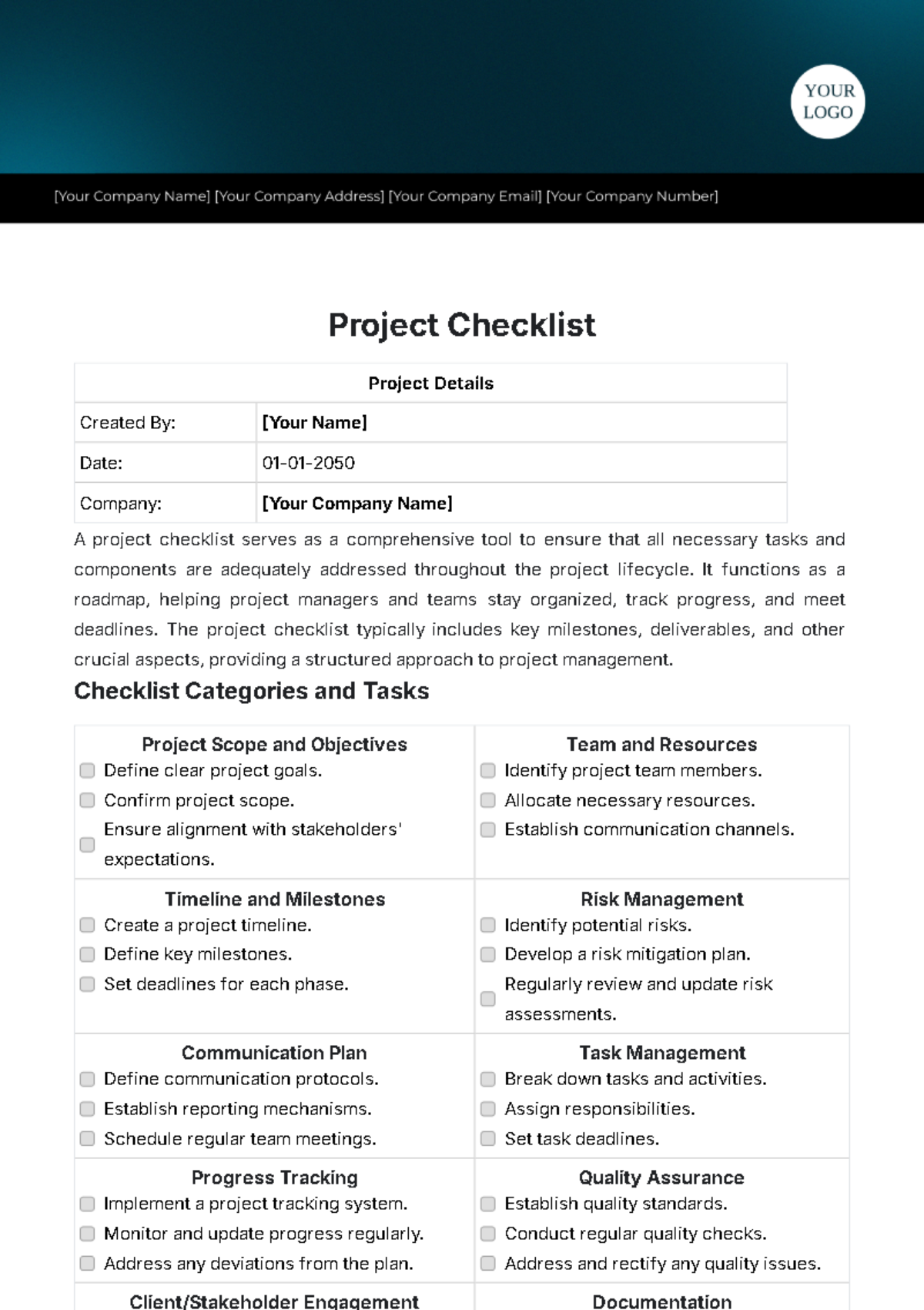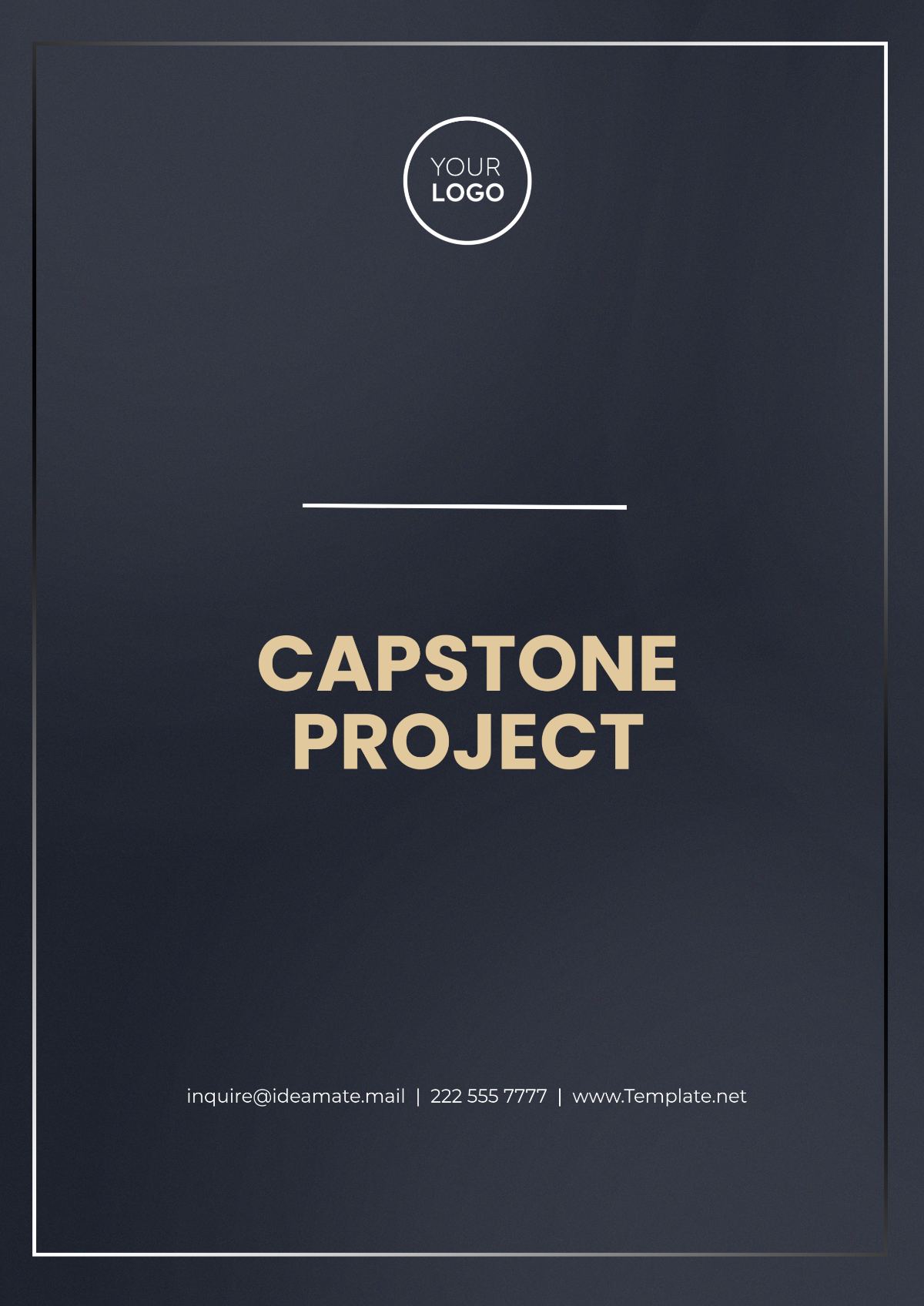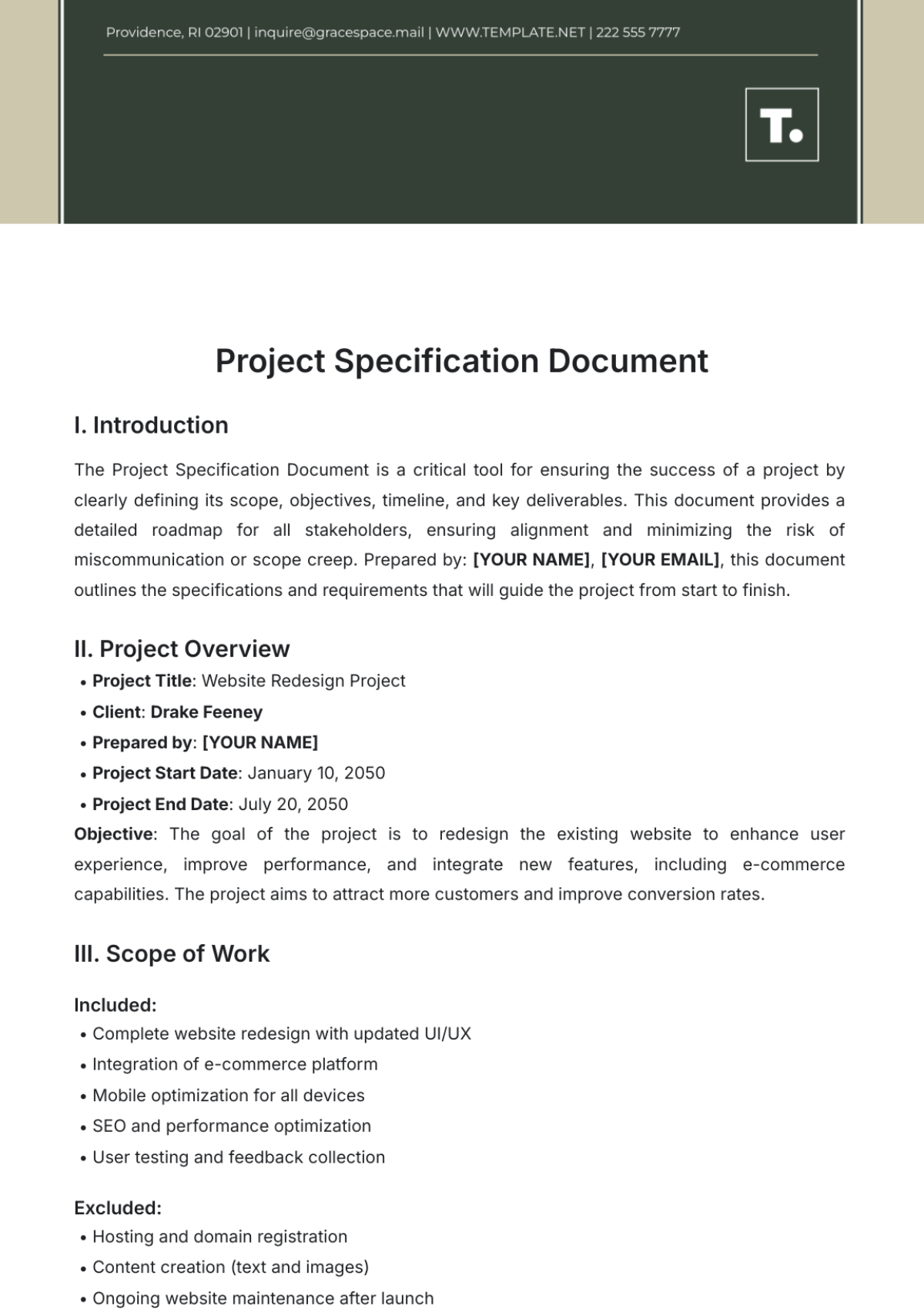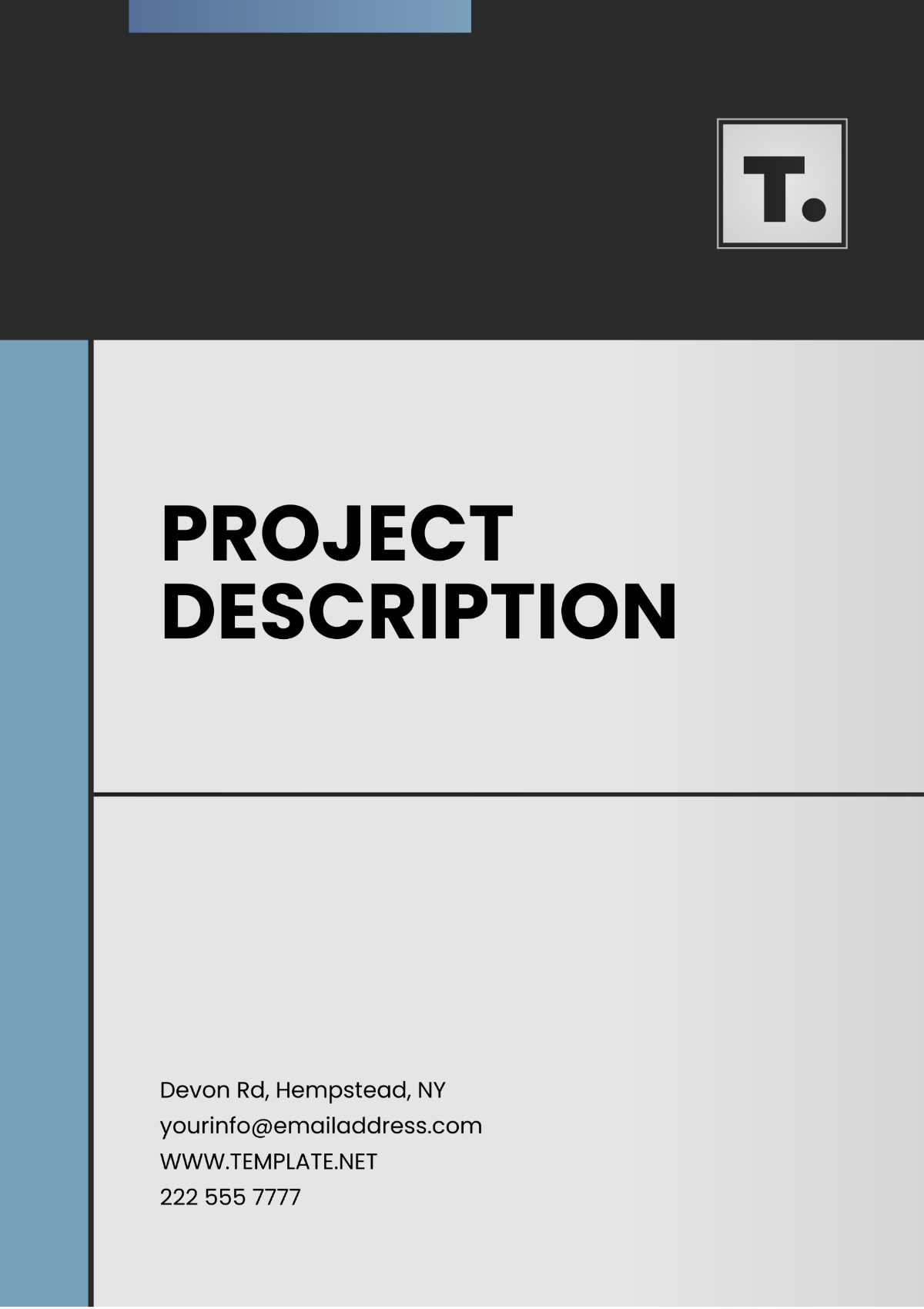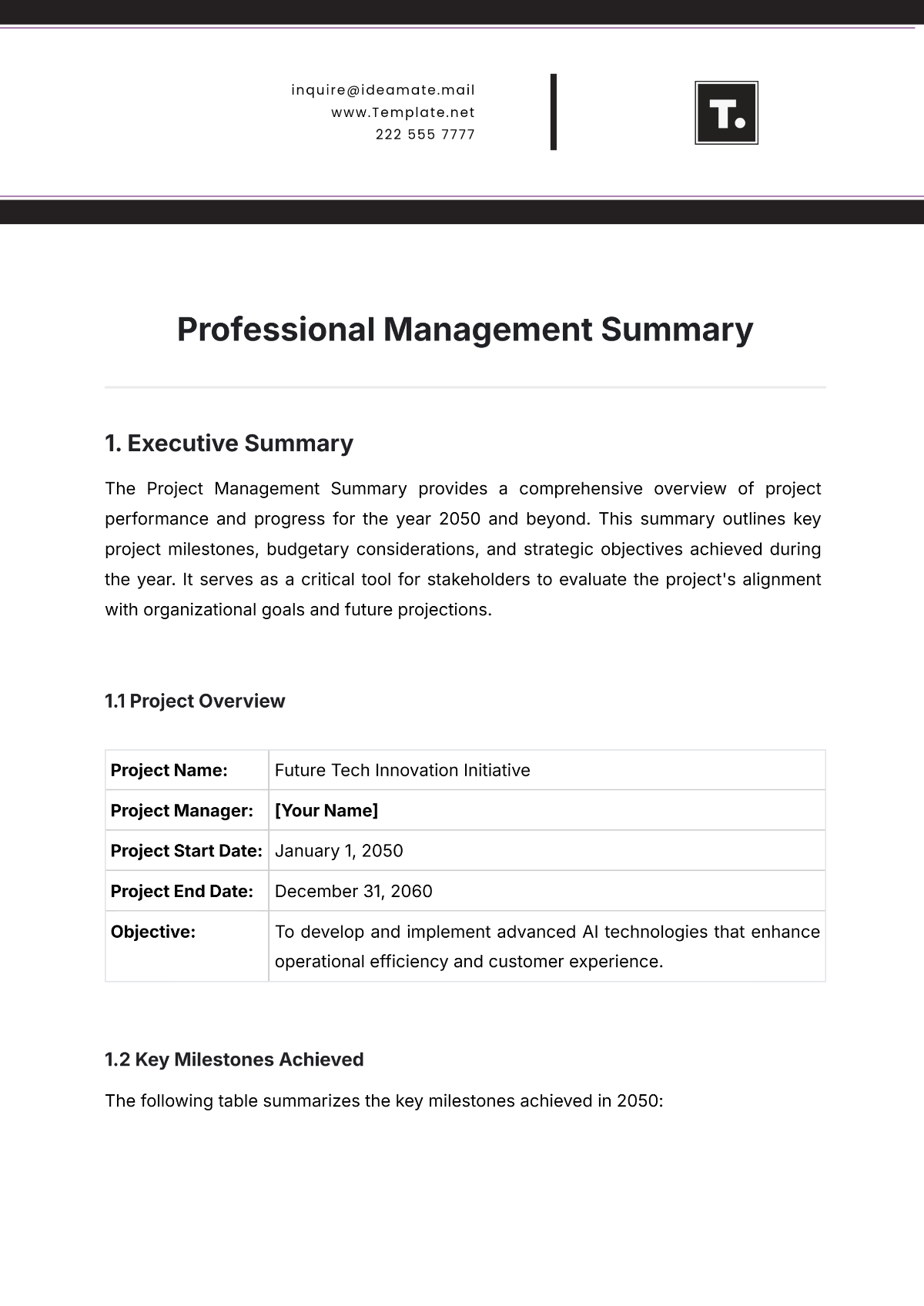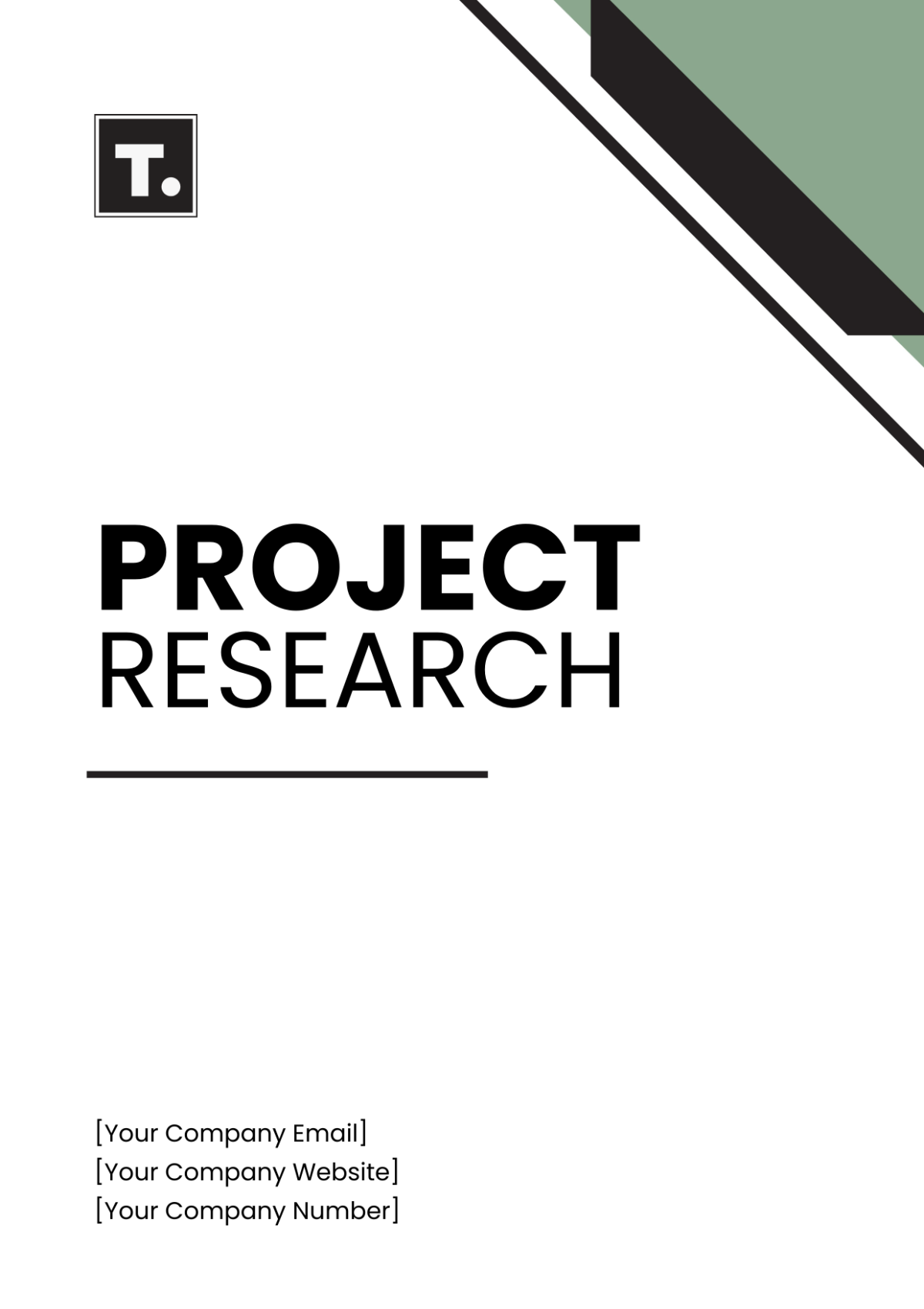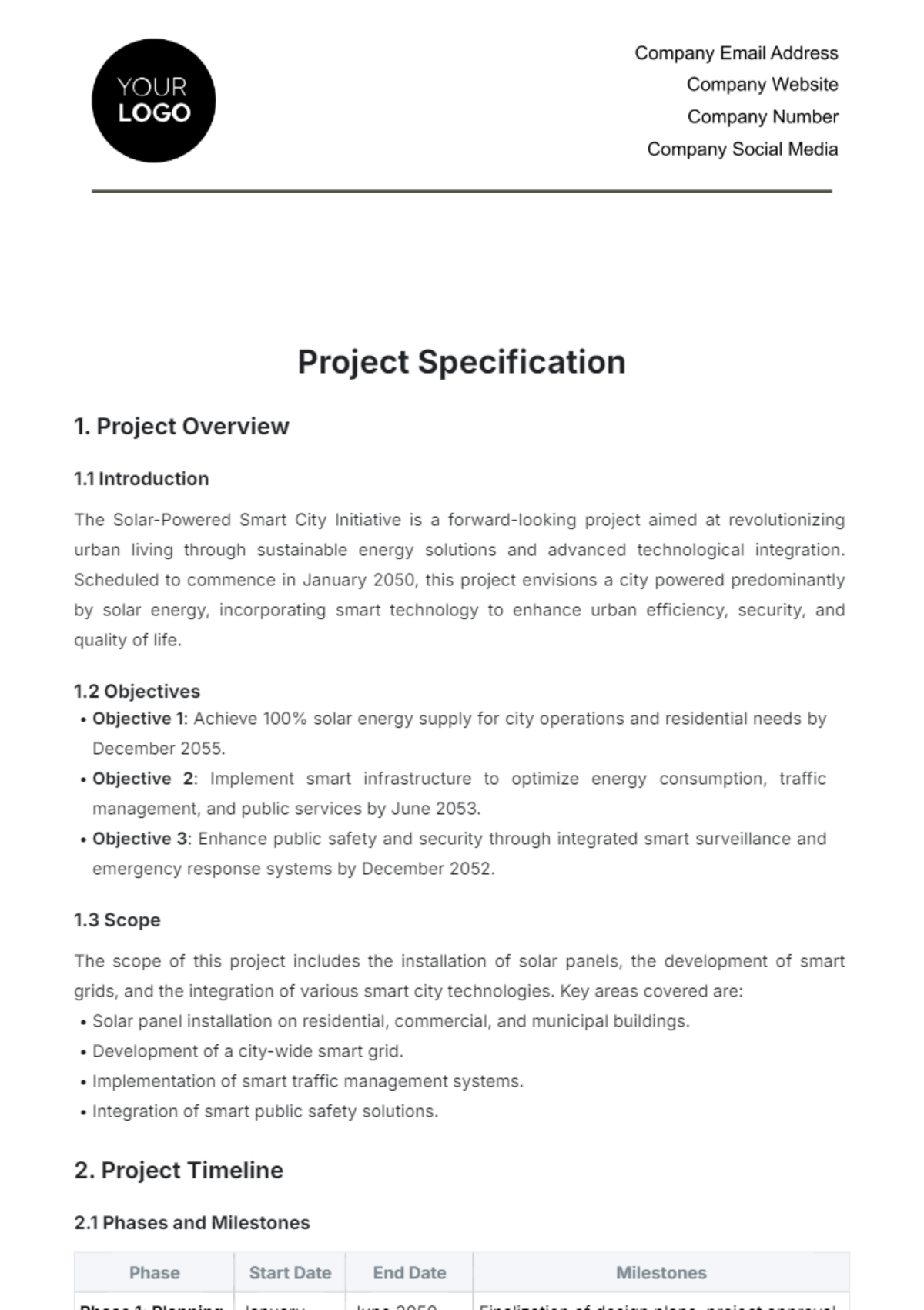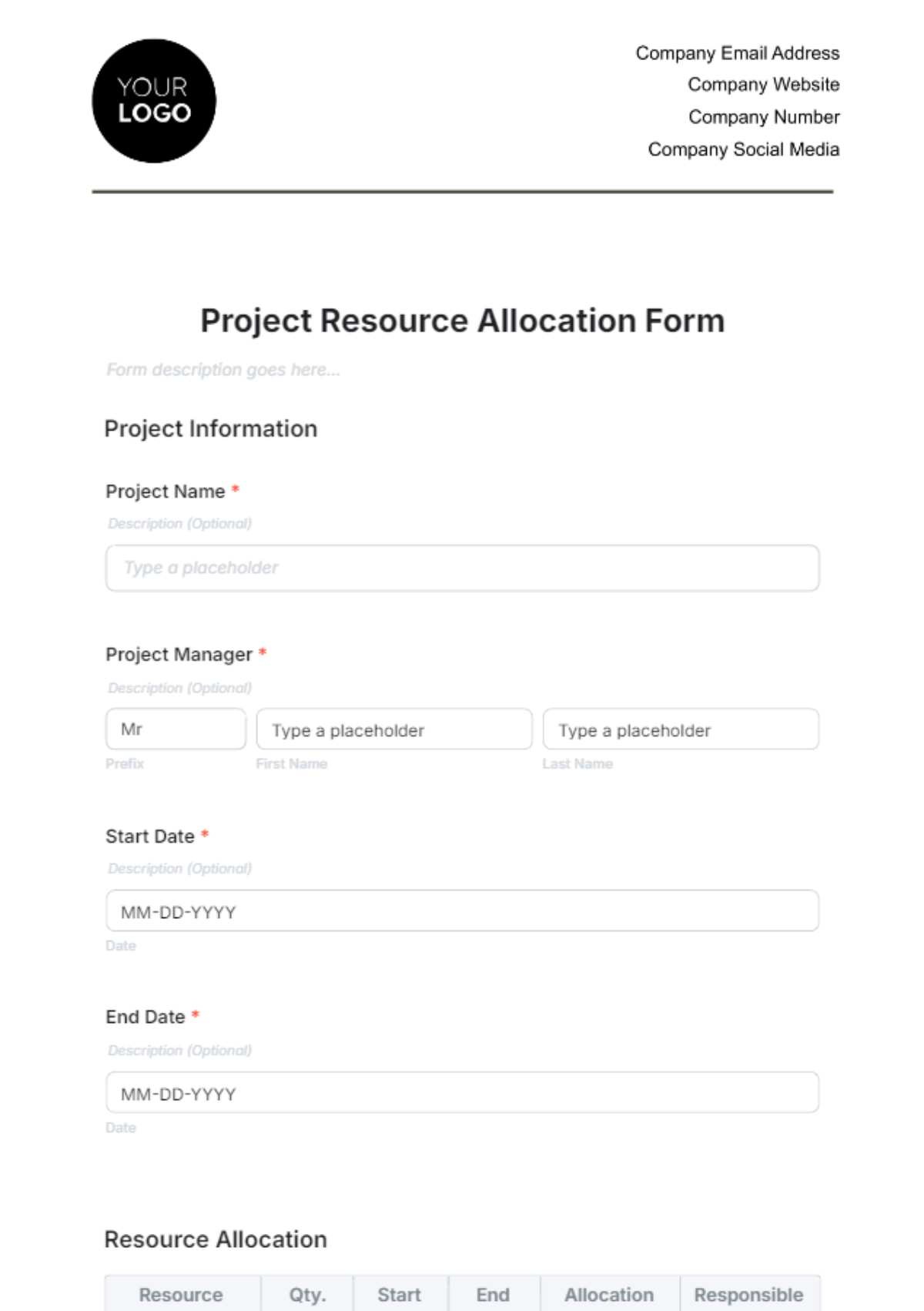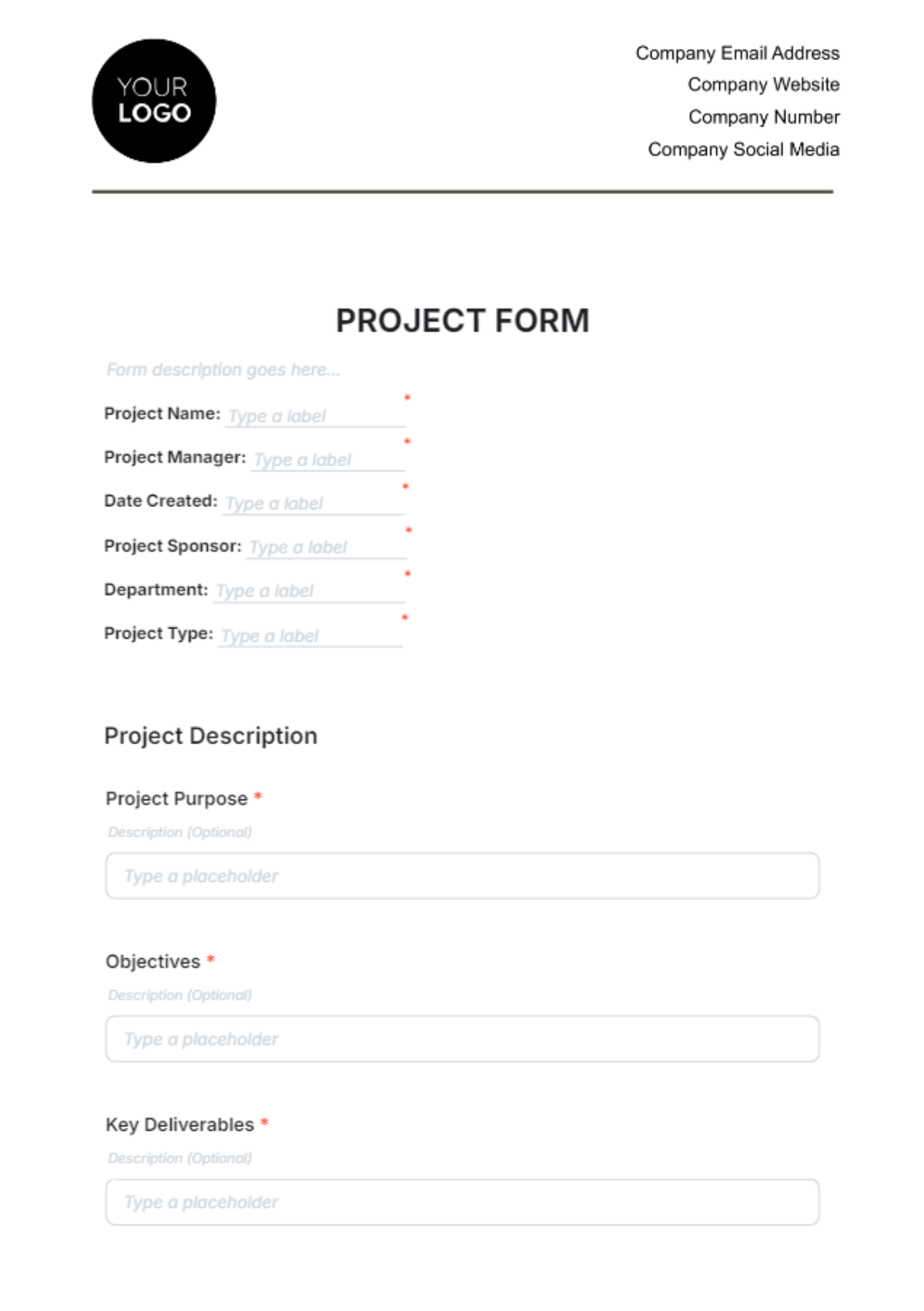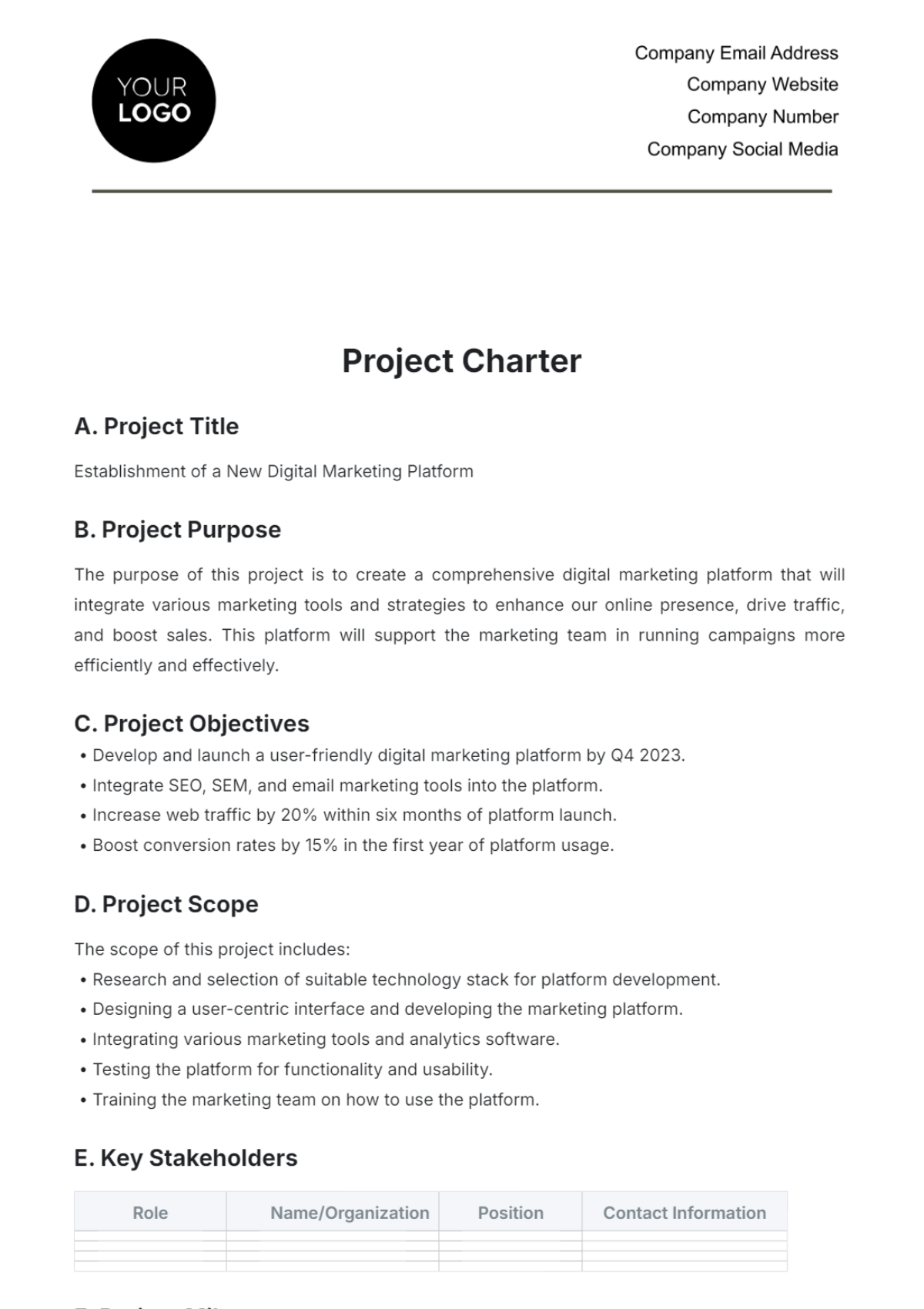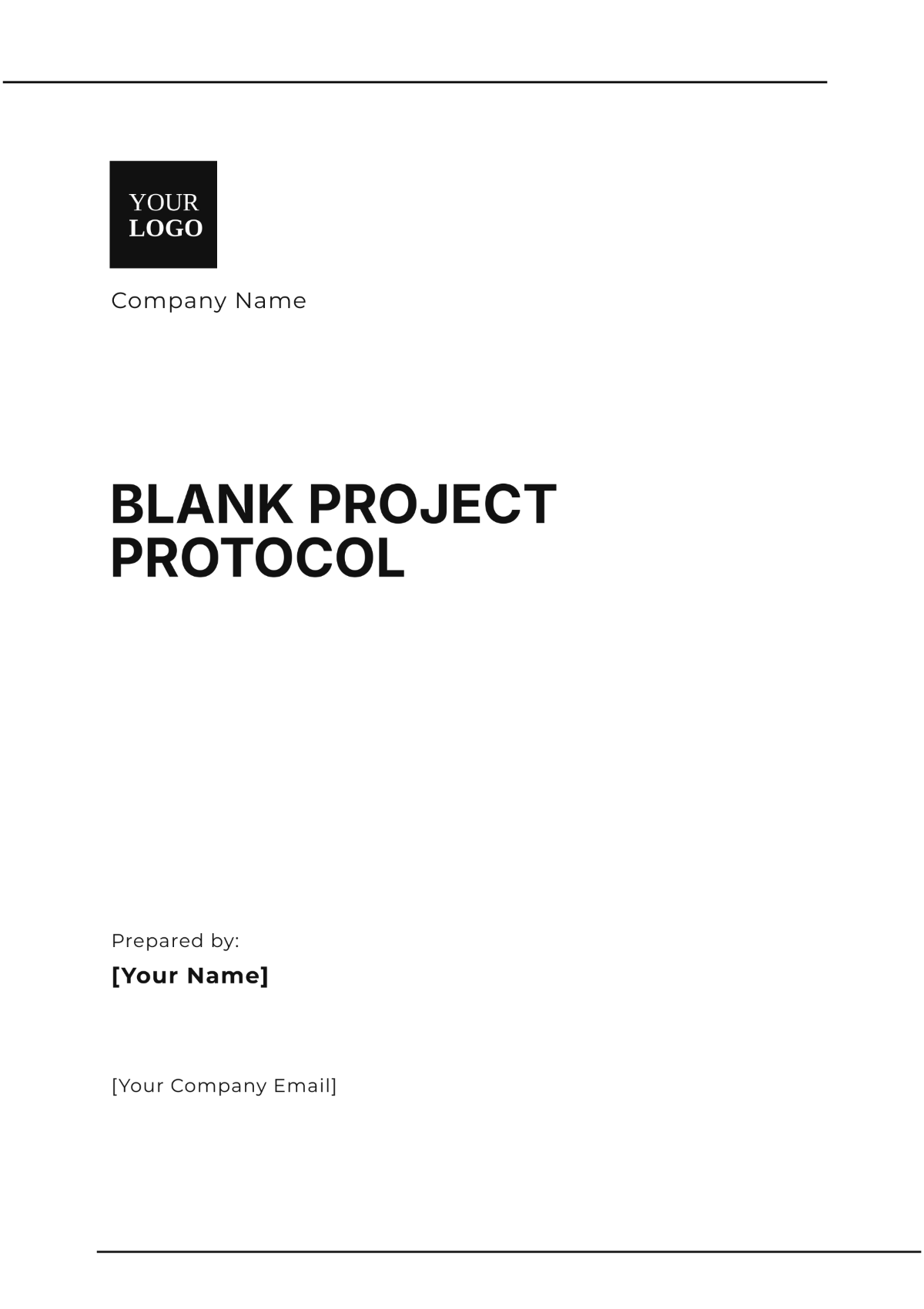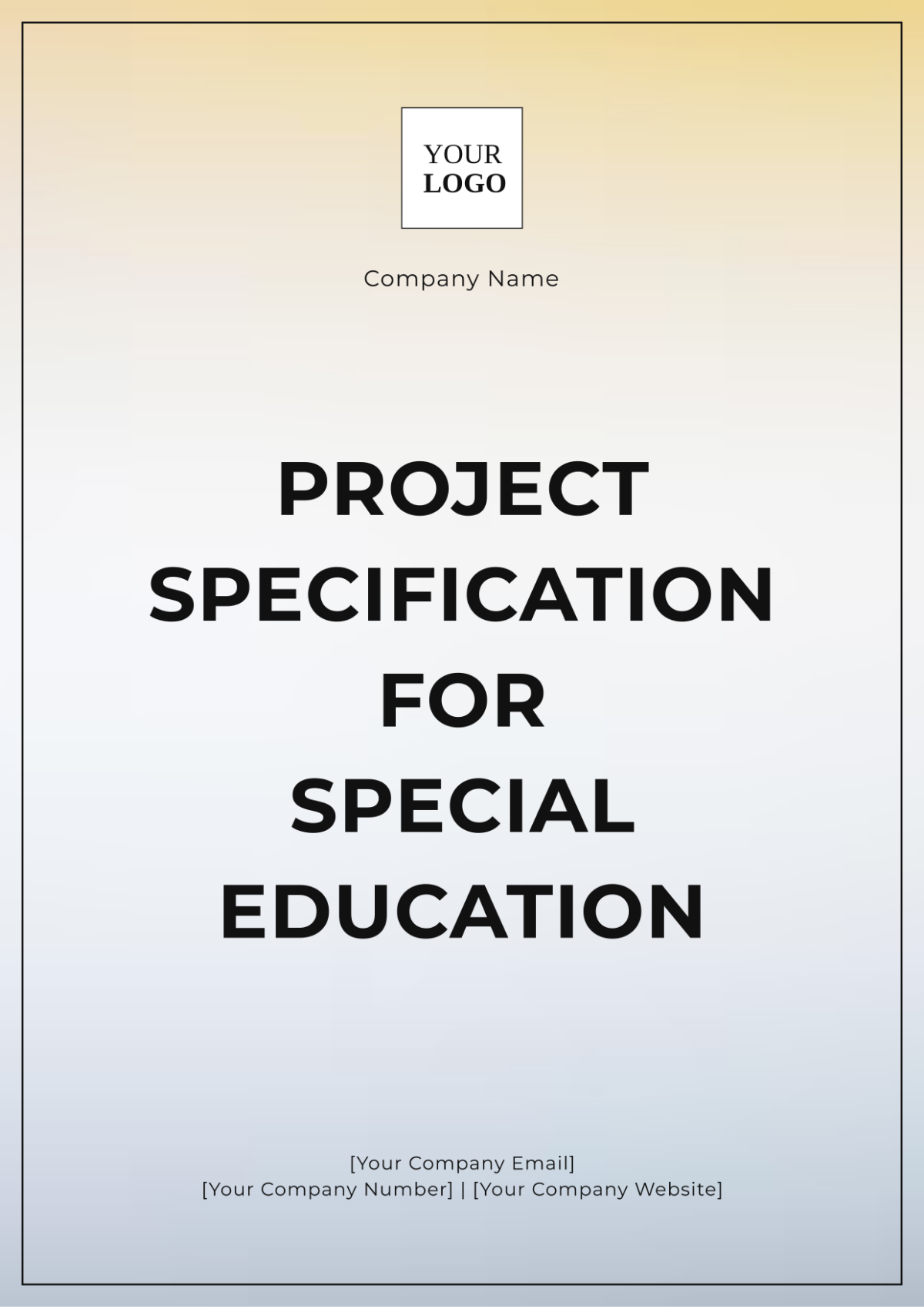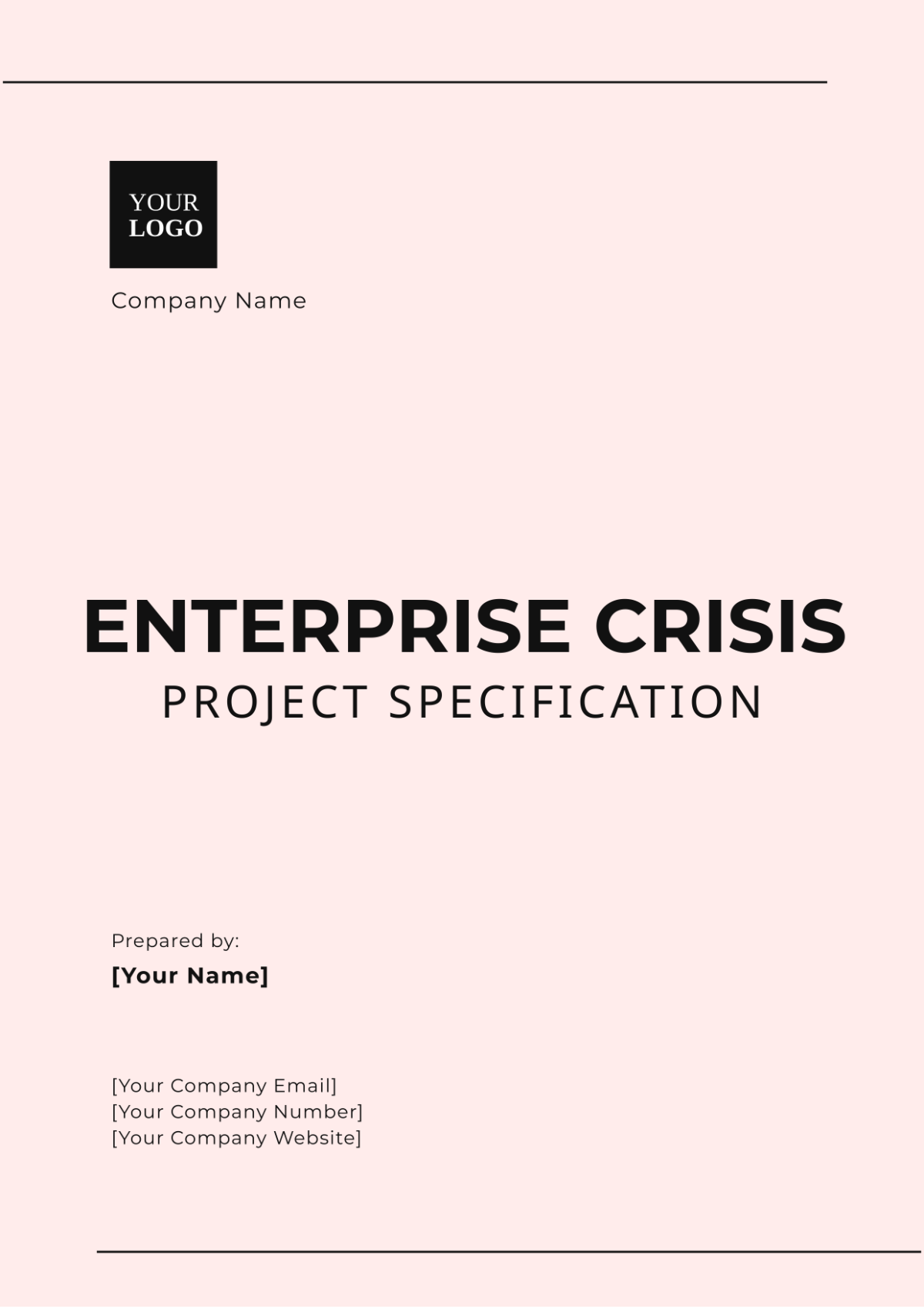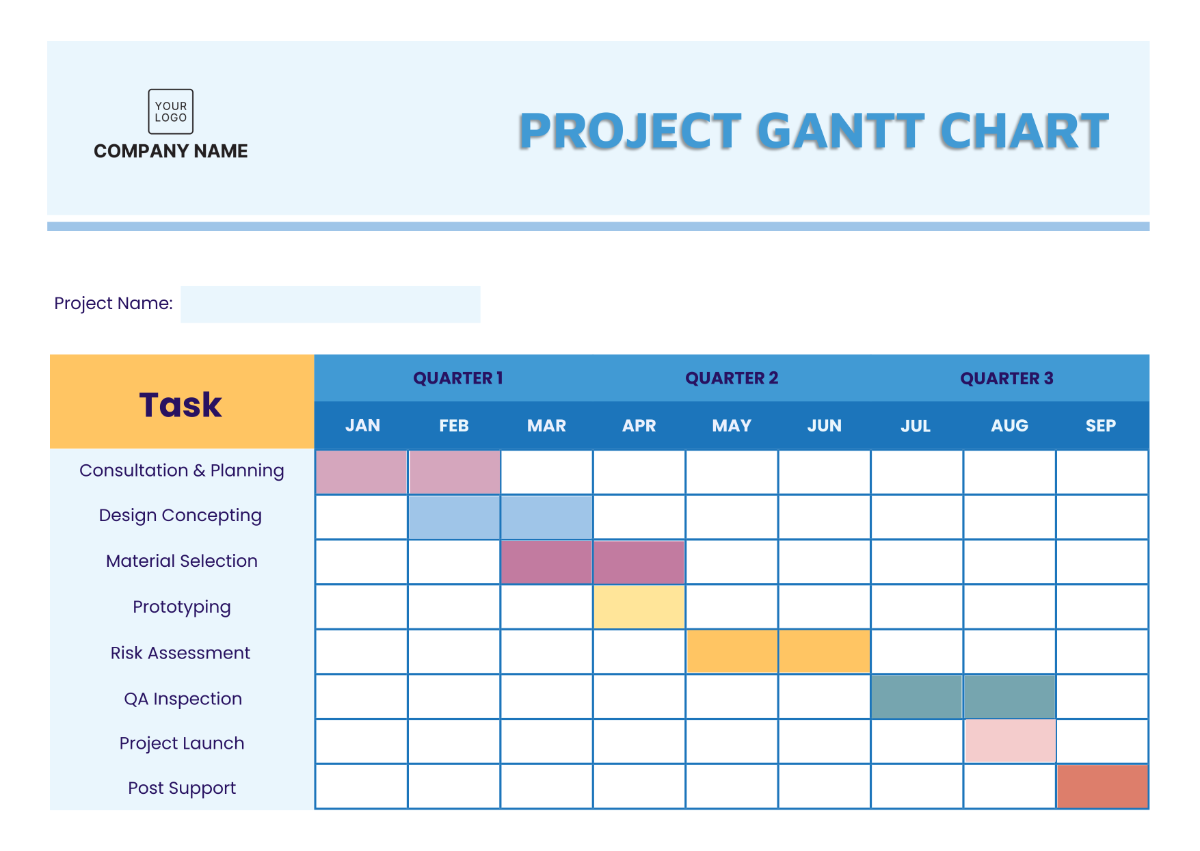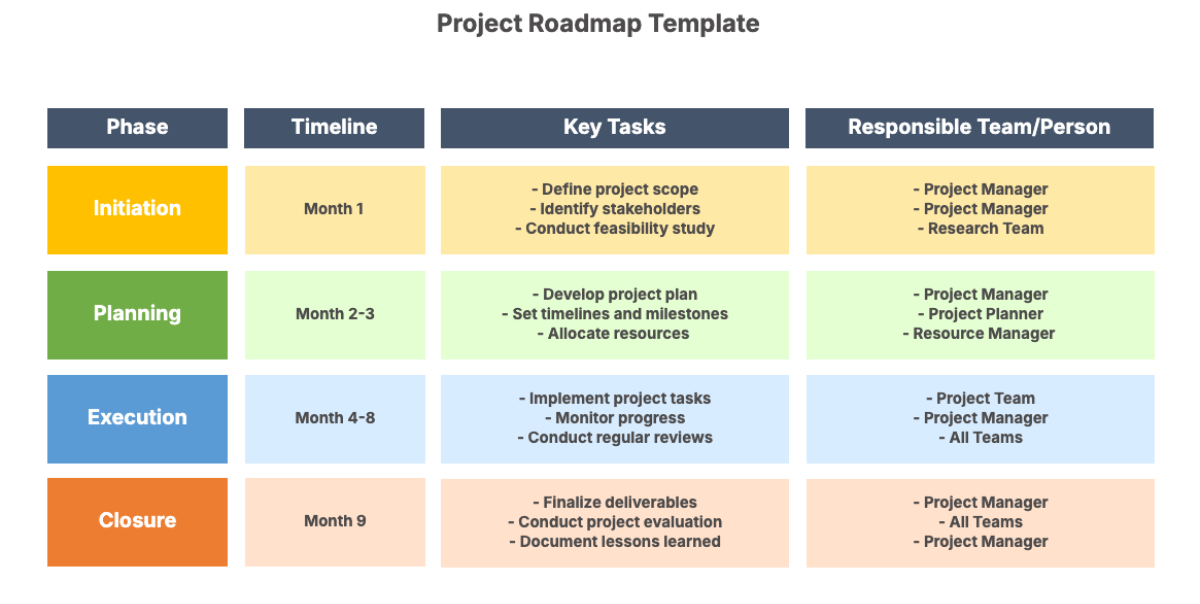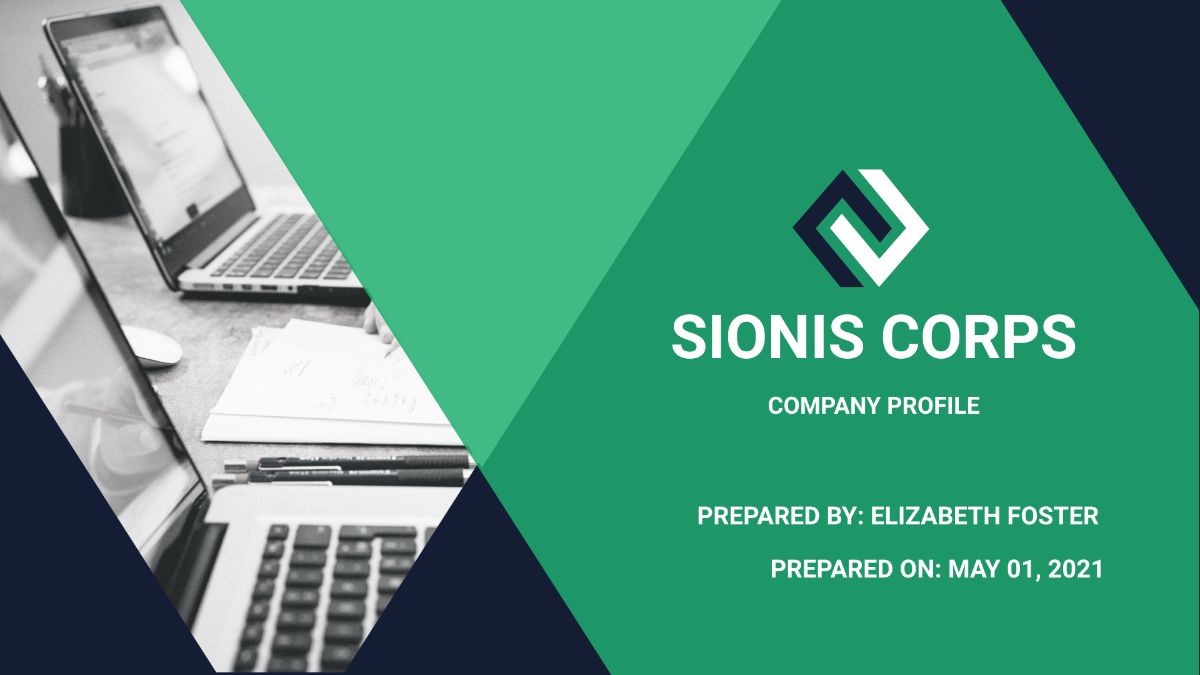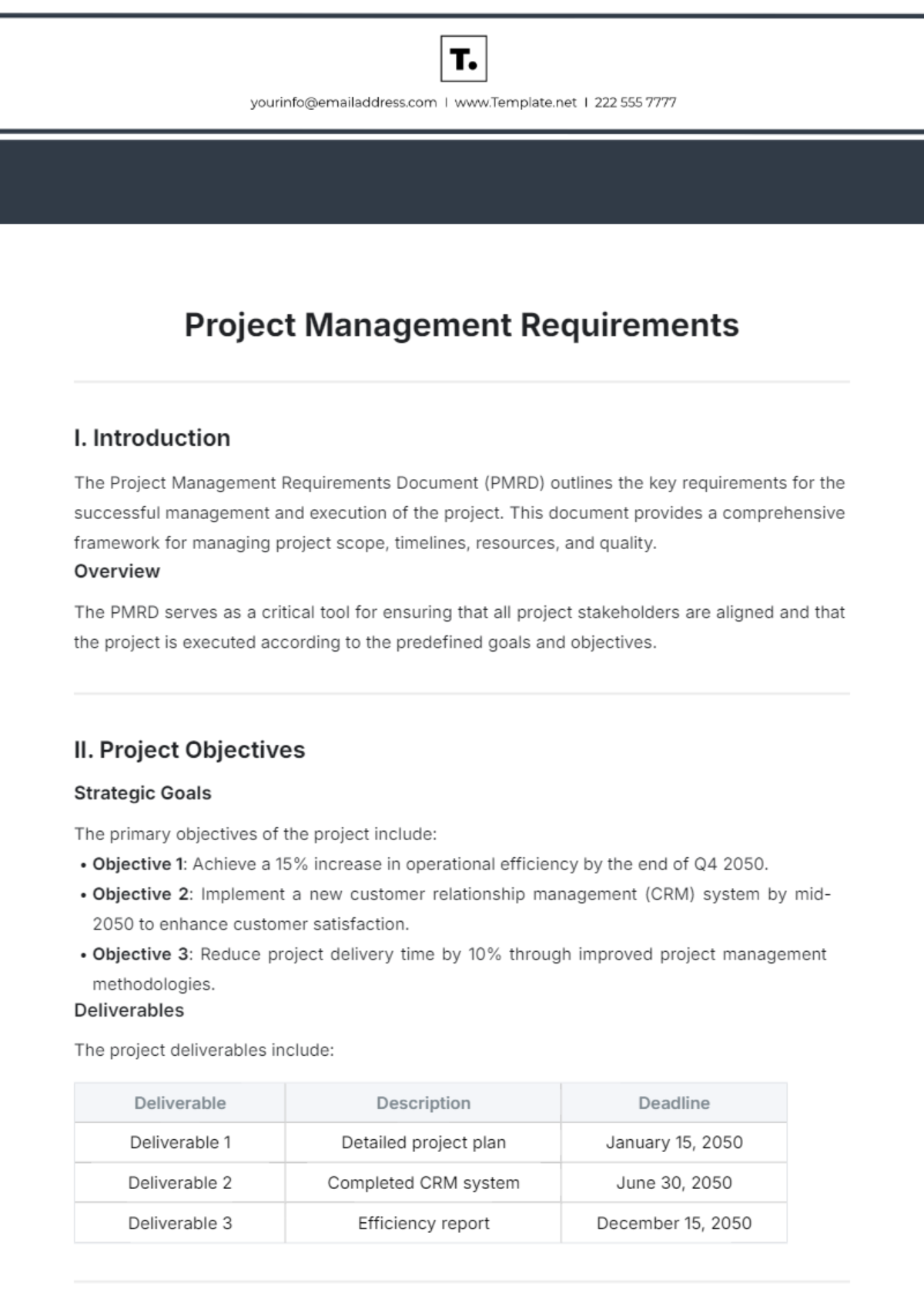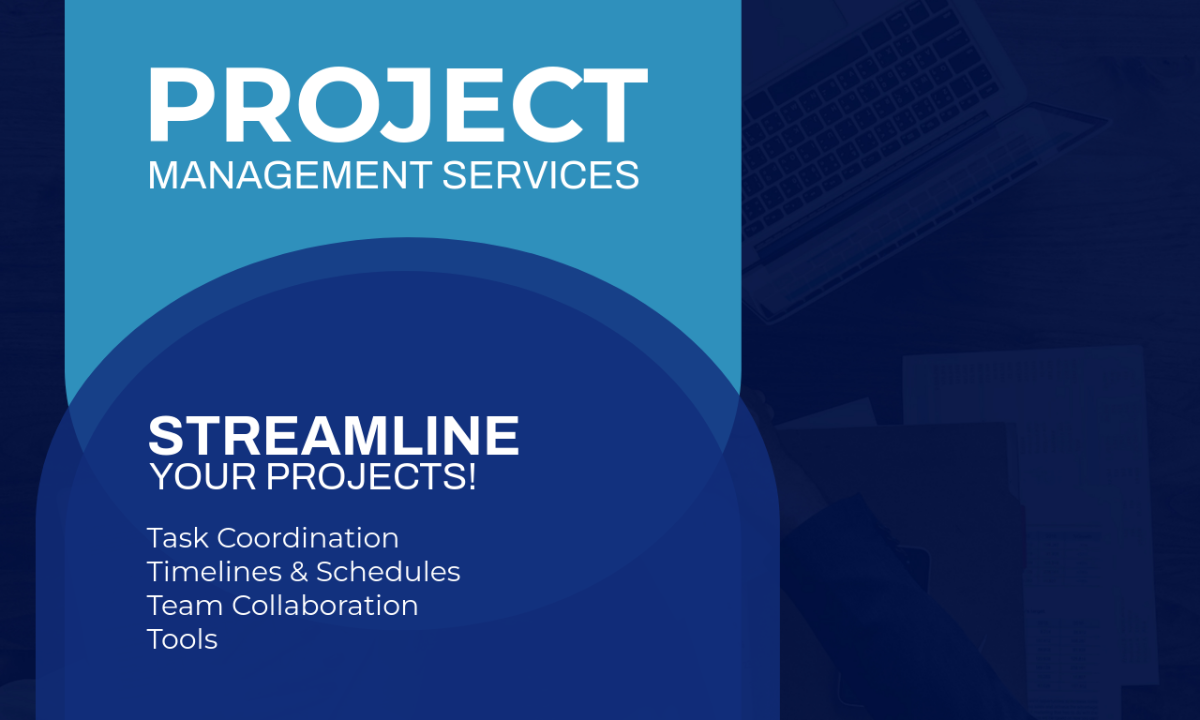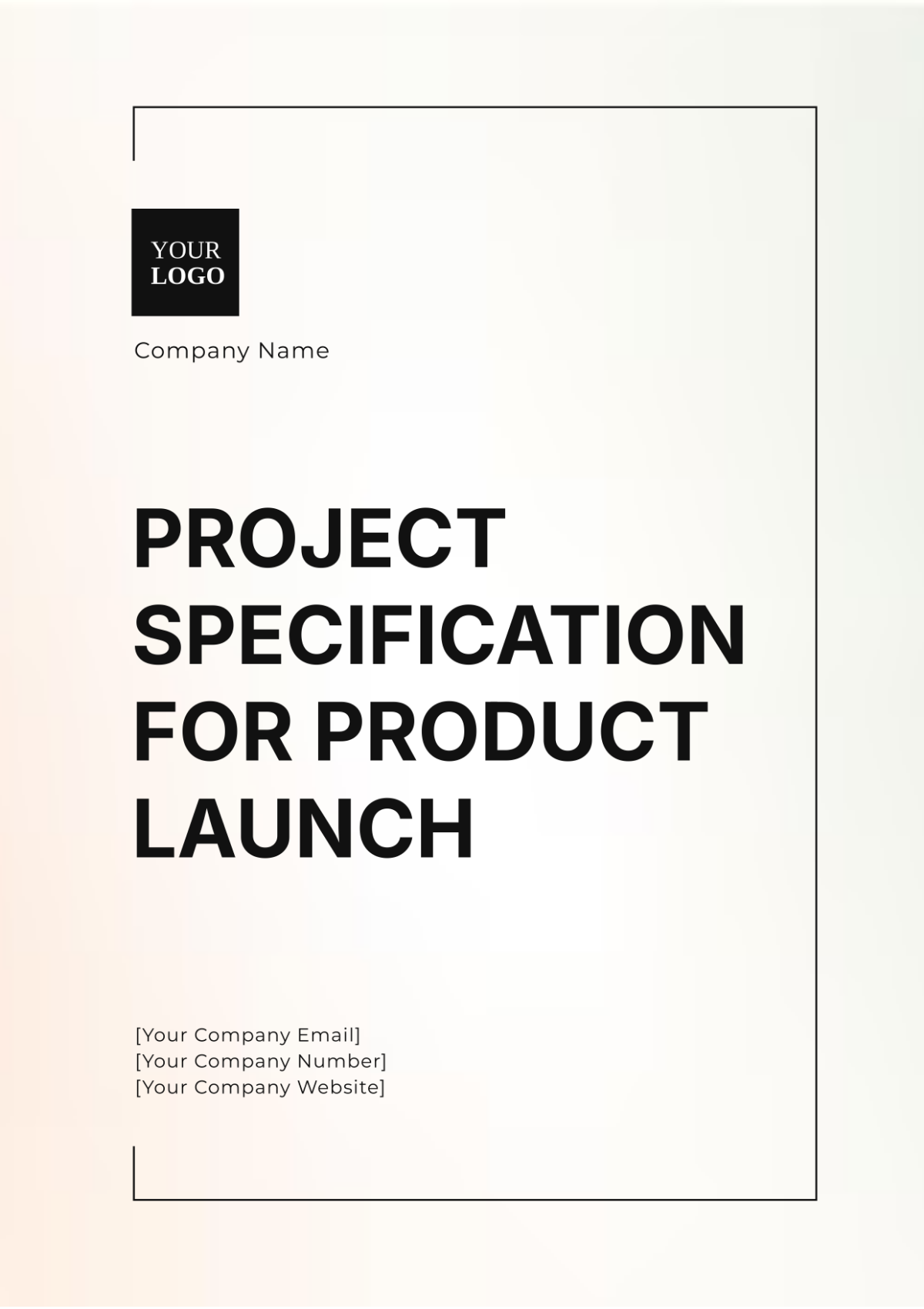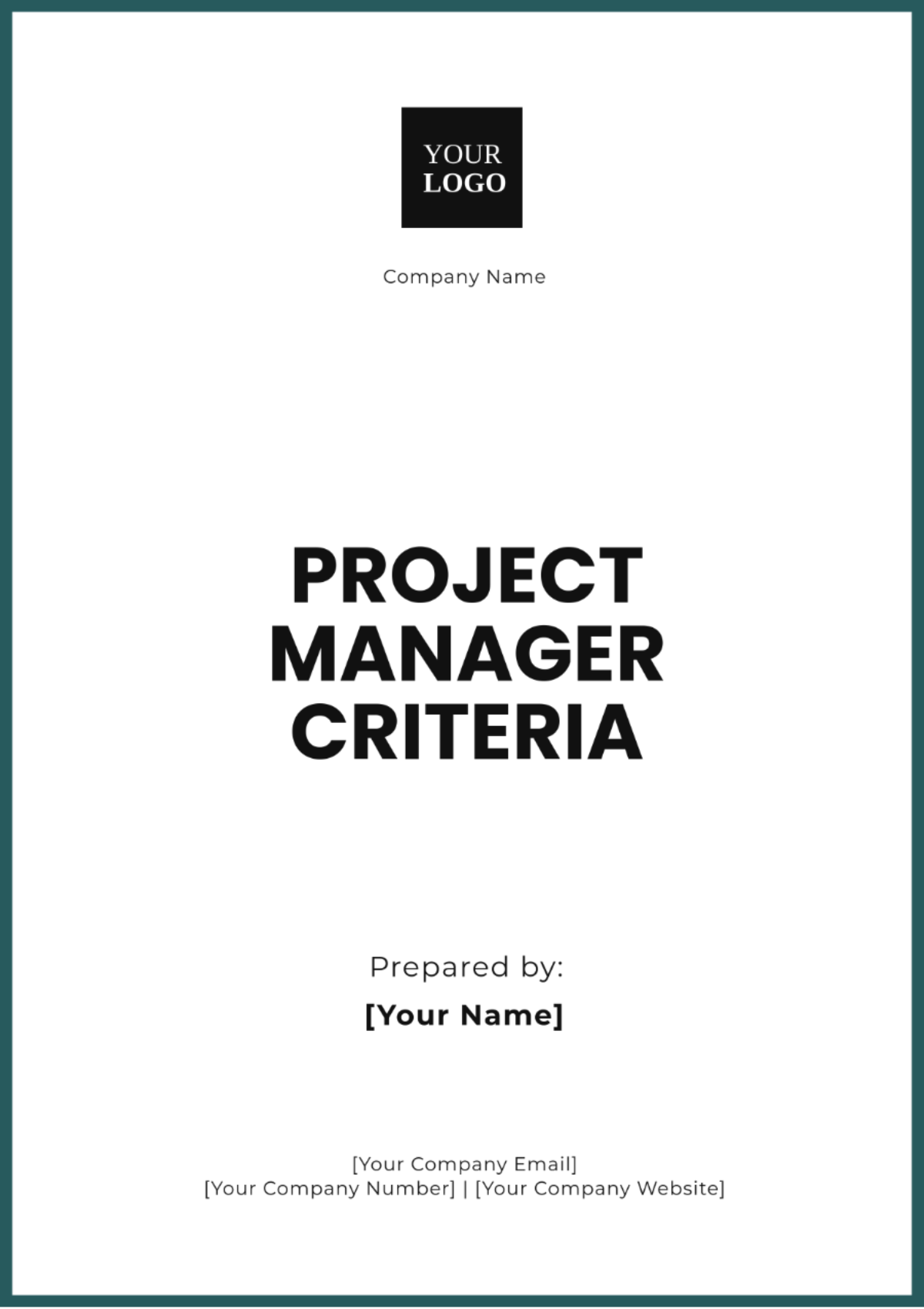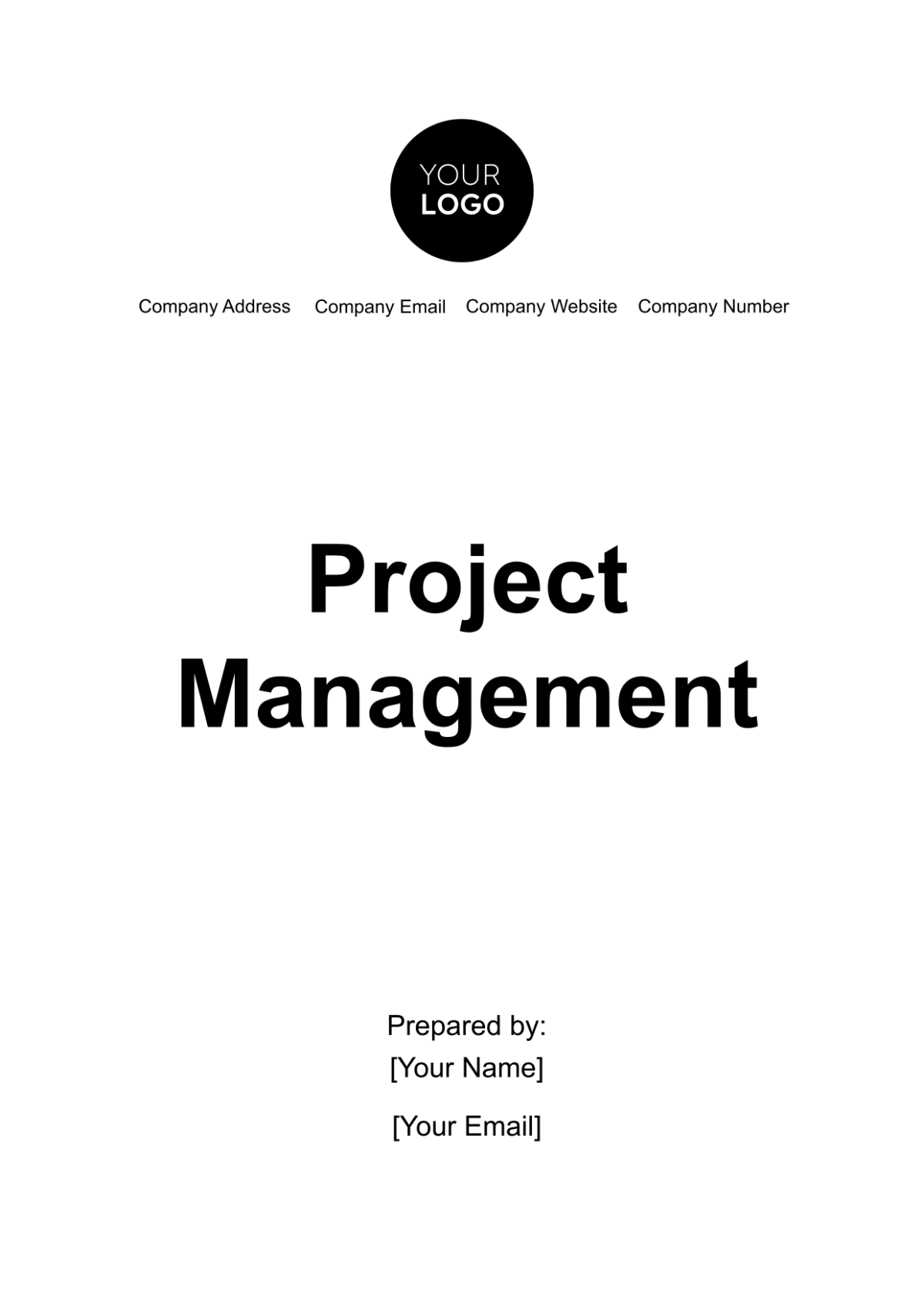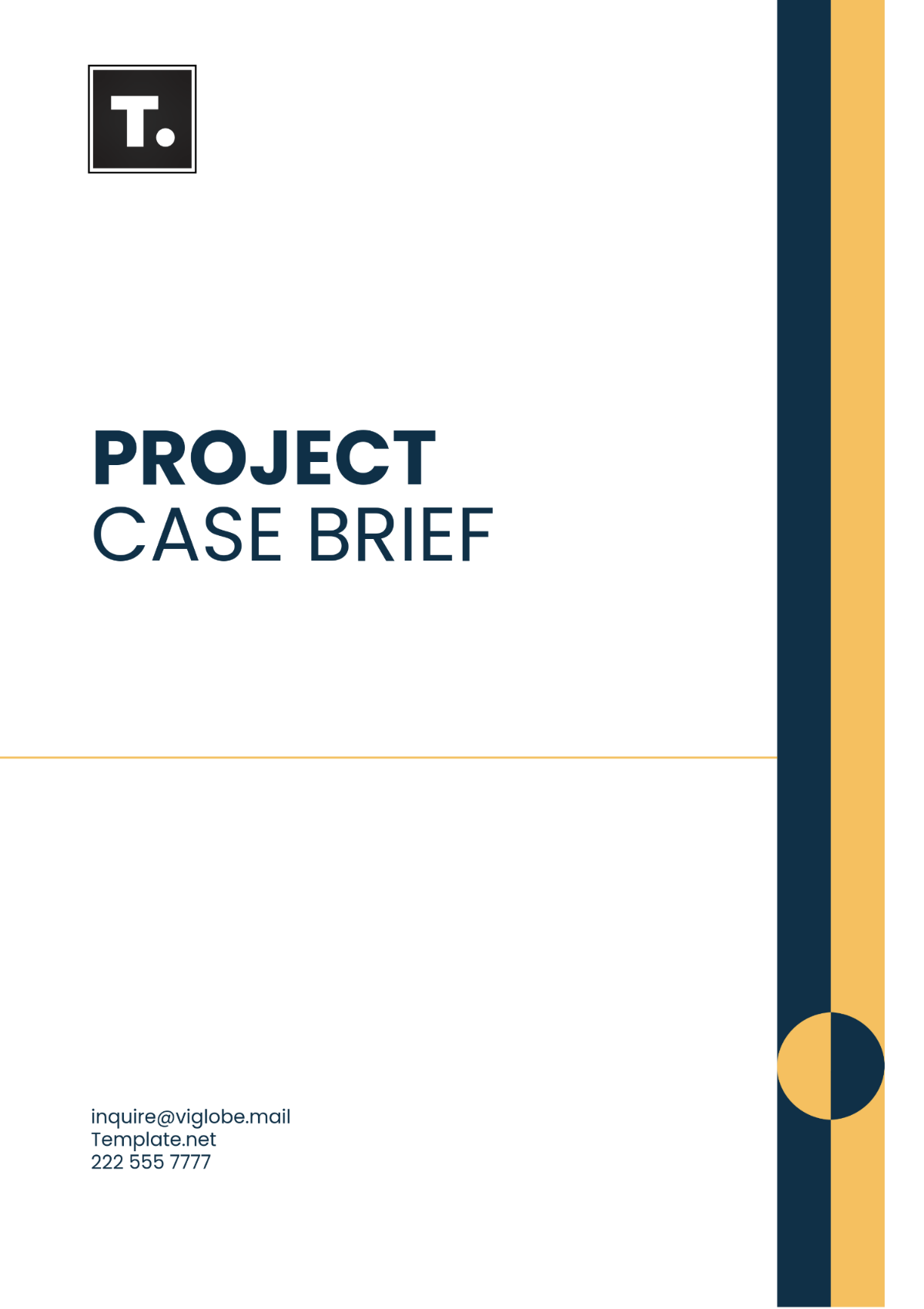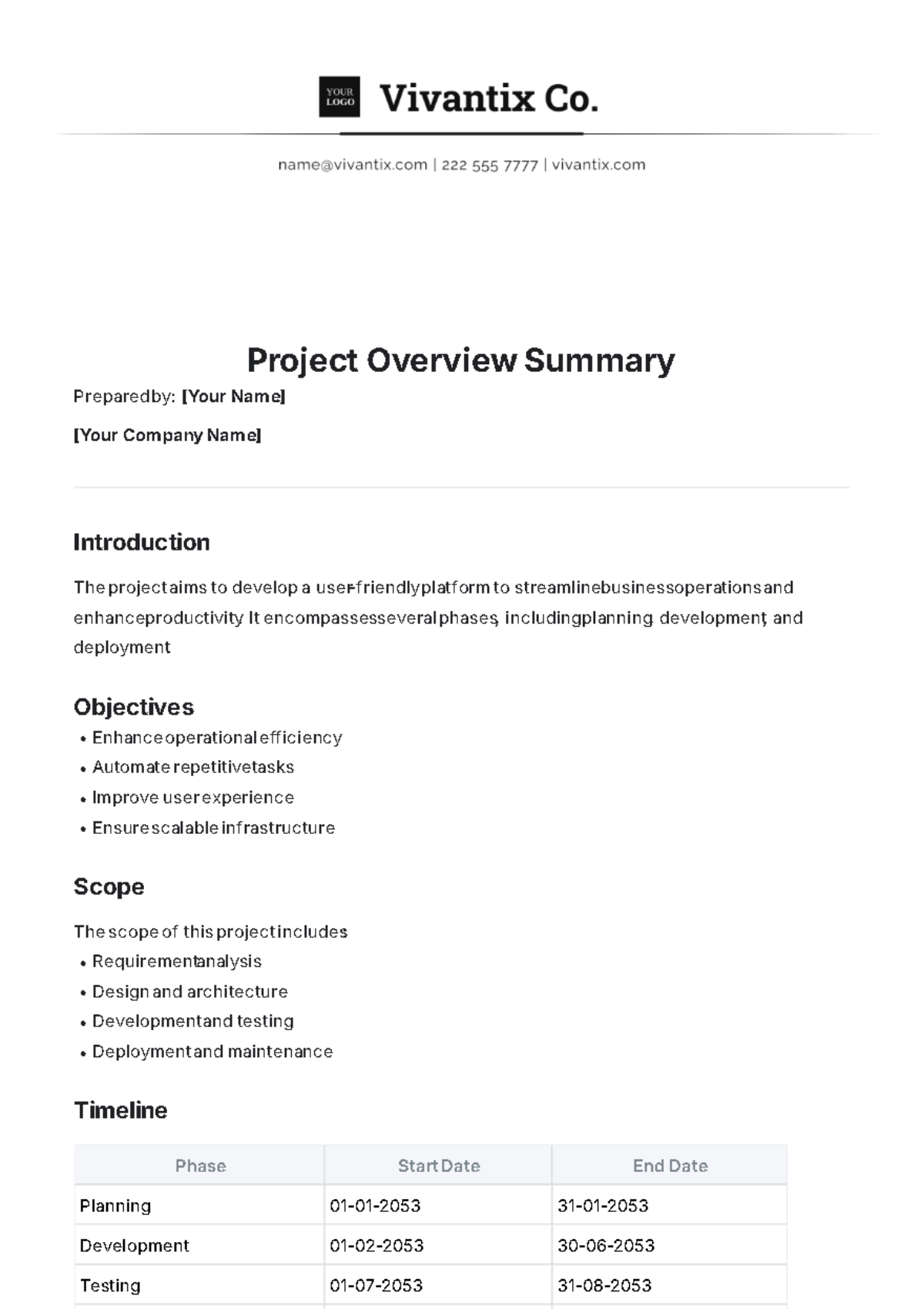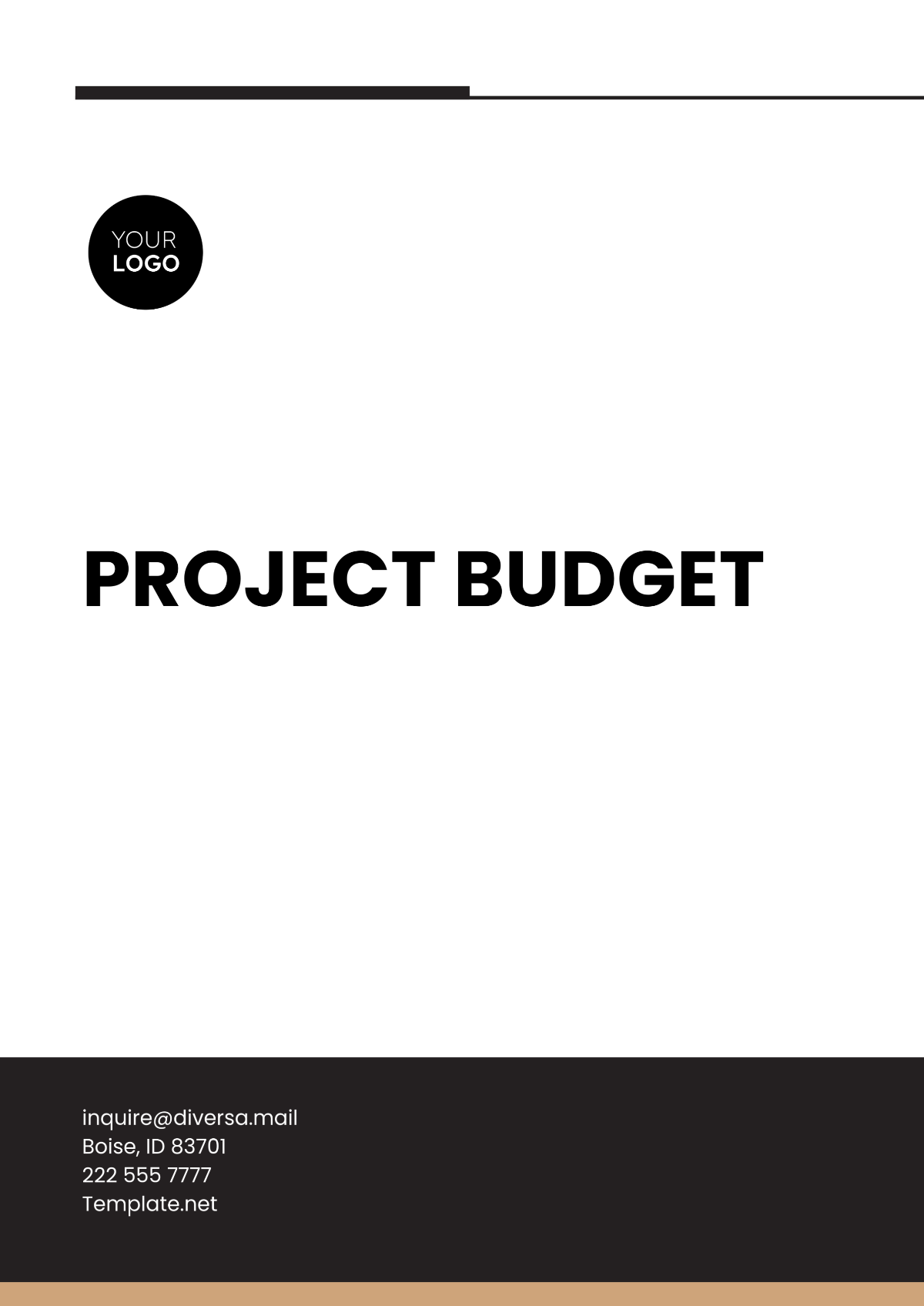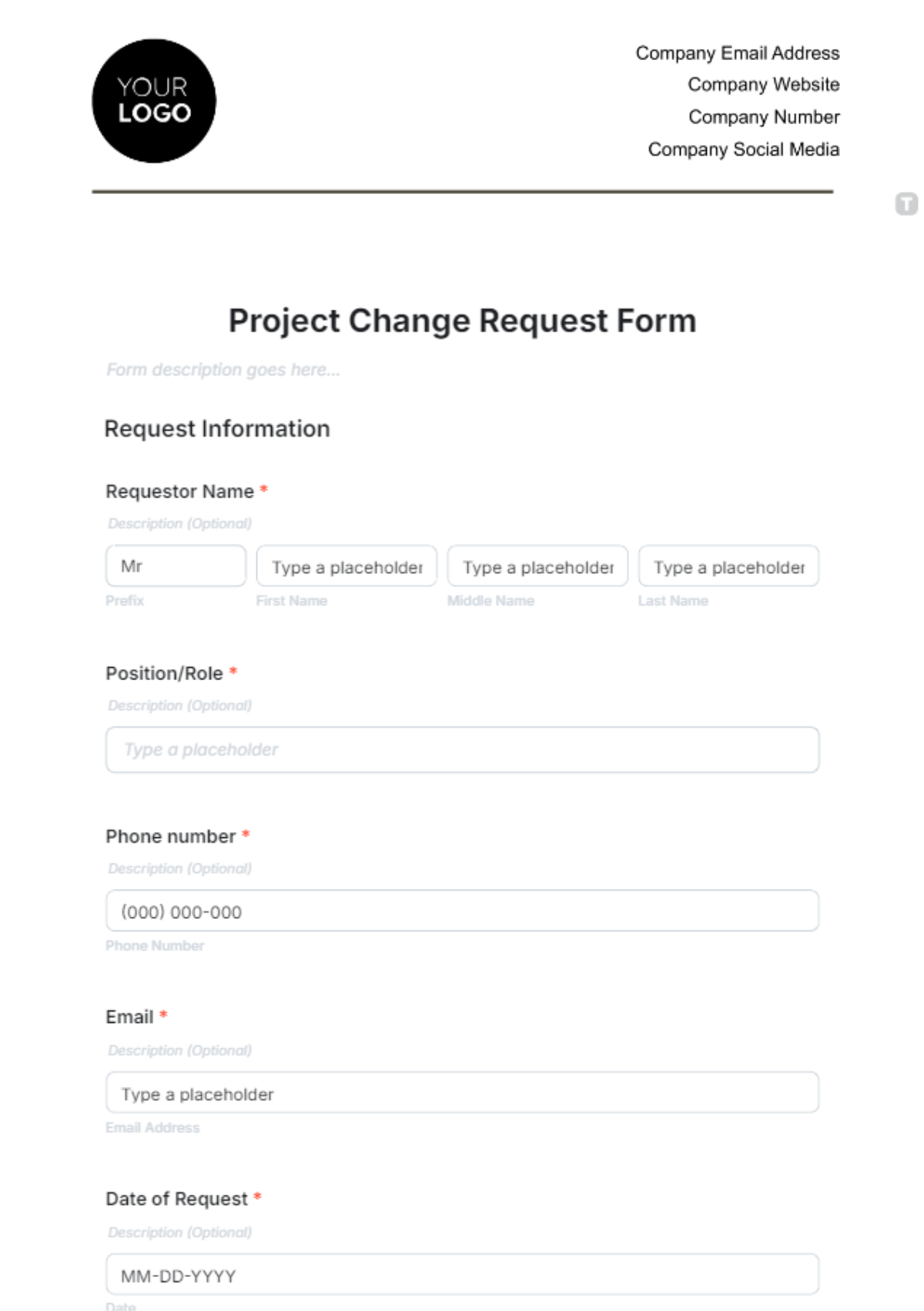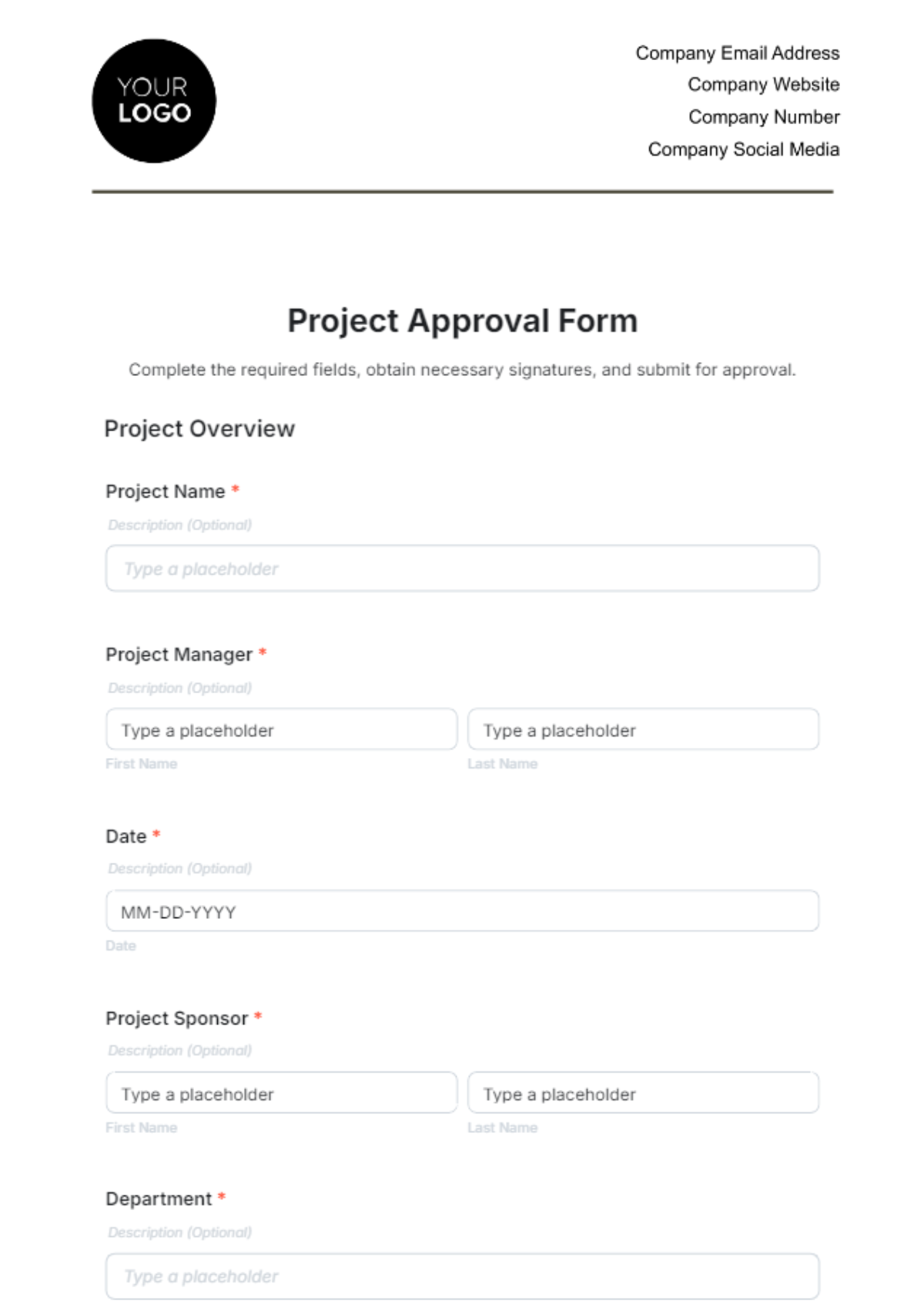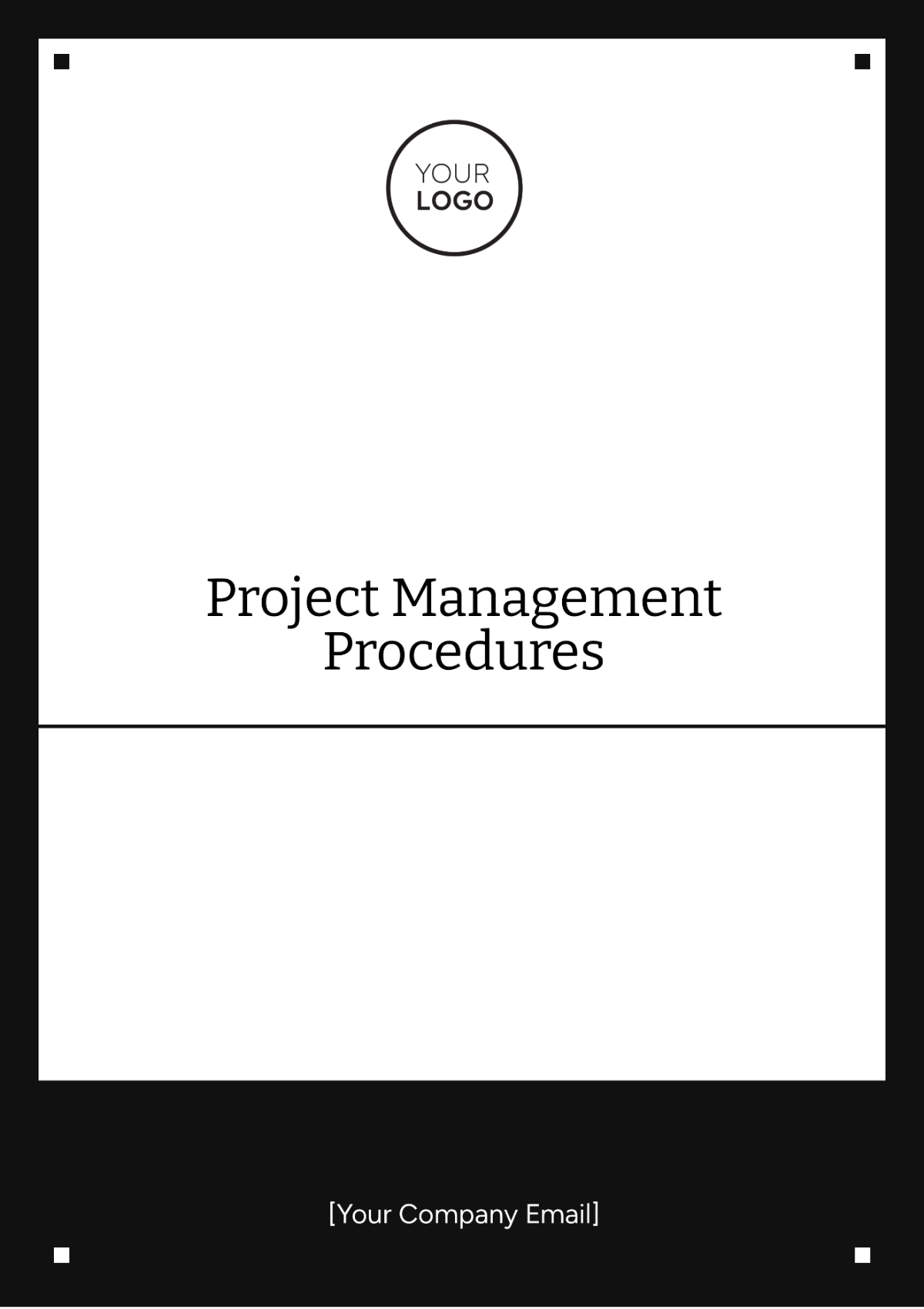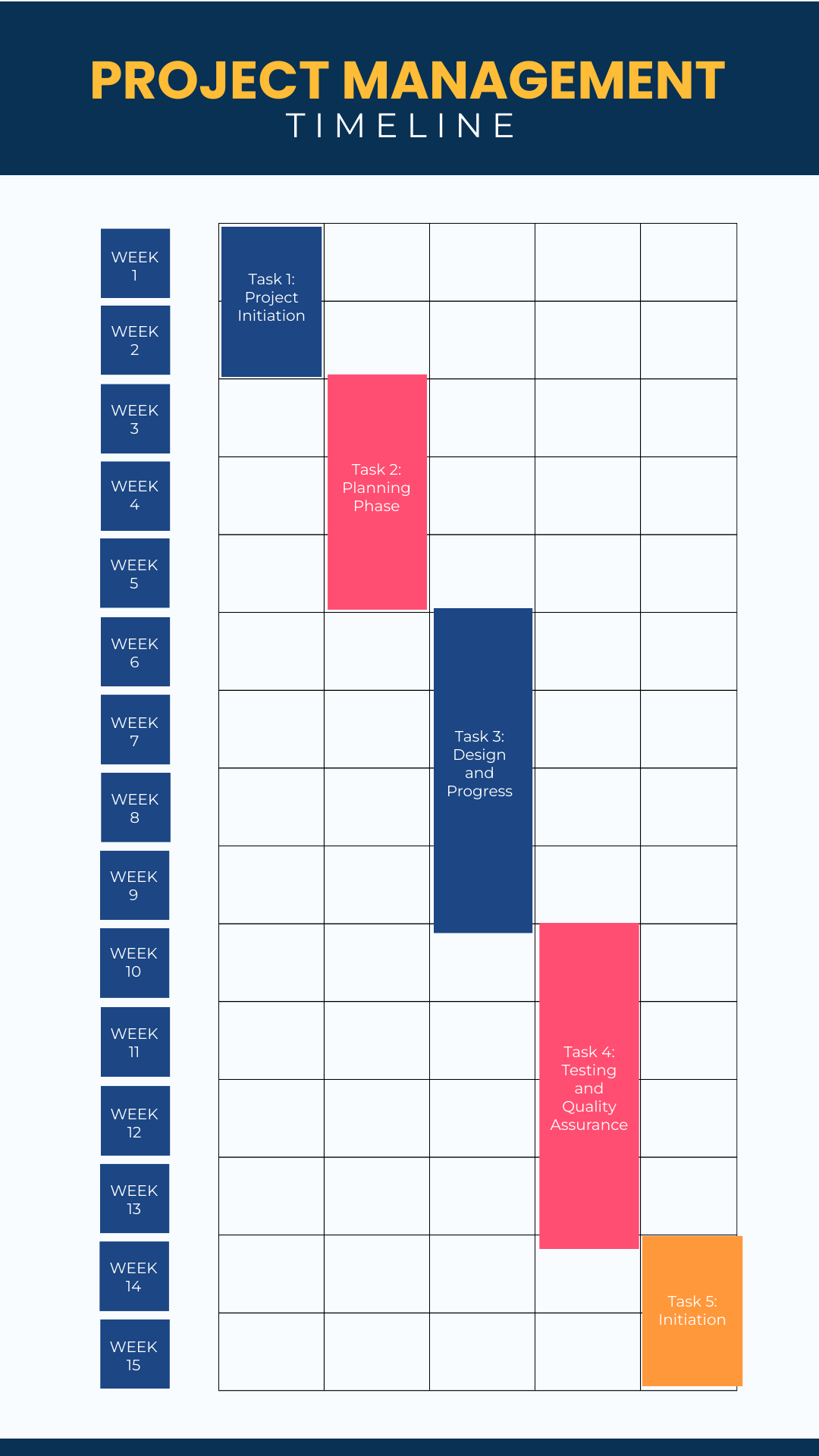Project Description
I. Introduction
A. Overview
In the year 2050, [Your Company Name] is undertaking a transformative project, the "Future Mobility Initiative," designed to redefine urban transportation. This ambitious project aims to address the challenges posed by rapid urbanization and environmental concerns by integrating cutting-edge technology, sustainable practices, and innovative infrastructure. The goal is to create a model urban transportation system that could be replicated globally.
B. Purpose
The Future Mobility Initiative's purpose is to establish a comprehensive, eco-friendly transportation network that enhances urban mobility, reduces carbon emissions, and improves the quality of life for city residents. By combining autonomous electric vehicles, smart traffic management systems, and green infrastructure, the project seeks to set new standards in urban transportation.
II. Project Overview
A. Objectives
The primary objectives of the Future Mobility Initiative are:
Development of Autonomous Electric Vehicles (AEVs):
Design and deploy a fleet of self-driving electric vehicles.
Incorporate advanced AI and sensor technologies for safety and efficiency.
Implementation of Smart Traffic Management Systems:
Develop an AI-driven system to manage and optimize traffic flow.
Use real-time data to reduce congestion and enhance road safety.
Establishment of Green Infrastructure:
Set up renewable energy-powered charging stations.
Integrate green spaces within transportation hubs to promote sustainability.
Enhancement of User Experience:
Create a user-friendly app for vehicle access and ride scheduling.
Provide real-time updates and seamless integration with other services.
B. Scope
The Future Mobility Initiative encompasses the following key components:
Autonomous Electric Vehicles (AEVs):
Fleet of self-driving vehicles equipped with the latest technology.
Vehicles designed for various urban applications, including passenger transport and goods delivery.
Smart Traffic Management Systems:
AI systems to monitor and control traffic.
Integration with existing infrastructure for optimized traffic management.
Green Infrastructure:
Charging stations powered by solar and wind energy.
Green spaces at transit hubs to enhance environmental benefits.
User Experience Enhancements:
Development of a digital platform for users.
Features include vehicle access, ride scheduling, and real-time updates.
III. Timeline
A. Project Phases
The Future Mobility Initiative will be executed over five years, with the following phases:
Phase 1 - Research and Development:
Duration: January 1, 2050 - December 31, 2051
Activities: Technology research, prototype development, and initial testing.
Phase 2 - Prototype Testing:
Duration: January 1, 2052 - June 30, 2053
Activities: Extensive testing of prototypes, data collection, and analysis.
Phase 3 - Pilot Deployment:
Duration: July 1, 2053 - December 31, 2054
Activities: Limited deployment of vehicles and systems in selected urban areas.
Phase 4 - Full-scale Implementation:
Duration: January 1, 2055 - December 31, 2055
Activities: City-wide deployment and integration of all components.
Project Completion and Review:
Date: January 1, 2056
Activities: Final review, evaluation, and reporting.
B. Milestones
Project Kickoff: January 1, 2050
Completion of R&D: December 31, 2051
Prototype Testing Completion: June 30, 2053
Pilot Deployment Completion: December 31, 2054
Full-scale Implementation: December 31, 2055
Final Review: January 1, 2056
IV. Budget
A. Estimated Costs
The budget for the Future Mobility Initiative is detailed below:
Component | Estimated Cost (USD) |
|---|---|
Autonomous Electric Vehicles (AEVs) | $500,000,000 |
Smart Traffic Management Systems | $150,000,000 |
Green Infrastructure | $100,000,000 |
User Experience Enhancements | $50,000,000 |
Total Estimated Budget | $800,000,000 |
B. Budget Allocation
Autonomous Electric Vehicles (AEVs):
Includes research, development, manufacturing, and deployment costs.
Smart Traffic Management Systems:
Covers the development, installation, and maintenance of traffic management technology.
Green Infrastructure:
Encompasses the costs of building and maintaining charging stations and green spaces.
User Experience Enhancements:
Includes the development and operational costs of the user app and digital platform.
V. Key Deliverables
A. Fleet of Autonomous Electric Vehicles
Quantity: 500 vehicles
Specifications: Self-driving capabilities, advanced AI, high safety standards.
B. Smart Traffic Management System
Features: Real-time traffic monitoring, AI-based optimization, integration with existing infrastructure.
Coverage: Urban roadways across the city.
C. Green Infrastructure
Charging Stations: 100 stations powered by renewable energy sources.
Green Spaces: Integrated into transit hubs and other strategic locations.
D. User App and Digital Platform
Functionality: Vehicle access, ride scheduling, real-time updates.
Accessibility: User-friendly interface and support for multiple devices.
VI. Benefits
A. Environmental Impact
Reduction in Carbon Emissions: Expected reduction of up to 40% by 2060.
Improved Air Quality: Contribution to better urban air quality and environmental sustainability.
B. Economic Advantages
Job Creation: Approximately 10,000 jobs during construction and implementation phases.
Cost Savings: Projected annual savings of $200 million in reduced traffic congestion and lower transportation costs.
C. Social Benefits
Enhanced Mobility: More efficient and reliable transportation options for residents.
Quality of Life: Improved commute times and accessibility for all population segments.
VII. Conclusion
The Future Mobility Initiative represents a major advancement in urban transportation, combining innovative technology with sustainable practices. By establishing a model transportation system, [Your Company Name] aims to address current urban challenges and set a new standard for future cities. The project promises significant environmental, economic, and social benefits, positioning [Your Company Name] at the forefront of urban mobility innovation.




